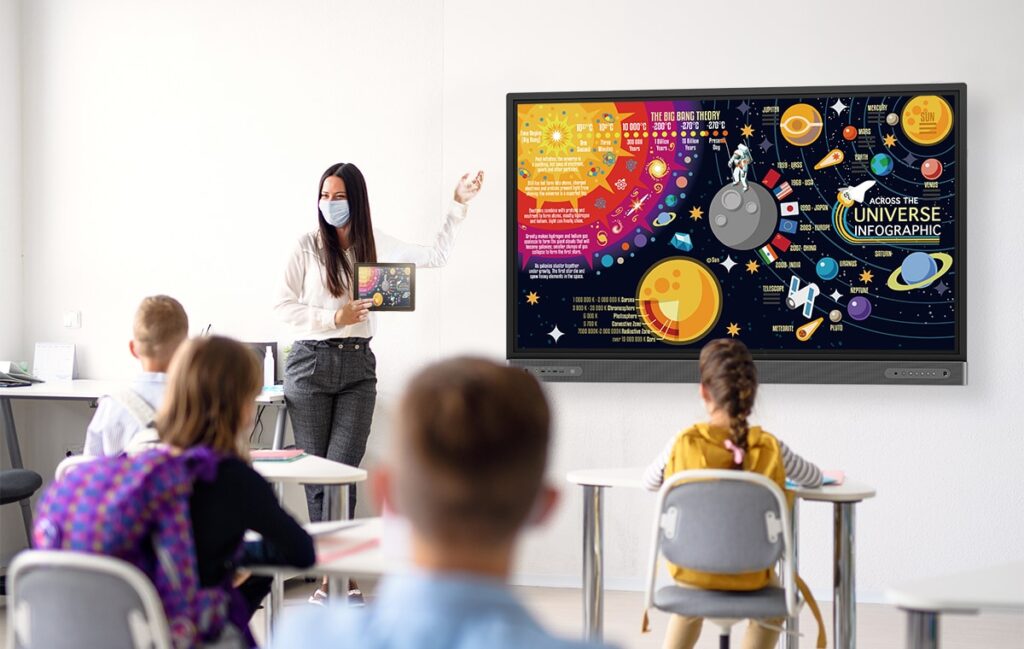In the 21st century, the landscape of education has been profoundly transformed digital technology. Classrooms, once dominated blackboards and textbooks, are now equipped with smartboards and tablets, marking a significant shift in how education is delivered and experienced. This evolution of education technology has not just changed the tools we use; it has revolutionized the entire learning process.
The Dawn of Digital Education
The journey of digital classrooms began with the introduction of computers in schools. However, it was the advent of the Internet and mobile technology that truly ignited this transformation. Today, digital classrooms are defined their use of technology to facilitate and enhance learning. This includes interactive whiteboards, student laptops or tablets, online resources, and educational software.
Enhancing Learning Experiences

Digital technology in the classroom has opened up new realms of possibilities. Interactive tools and multimedia content have made lessons more engaging and accessible. For instance, virtual reality (VR) can transport students to ancient Rome or the depths of the ocean, providing an immersive learning experience that was once unimaginable.
Moreover, technology has personalized education. Learning platforms can adapt to each student’s pace and style, offering tailored resources and challenges. This individualized approach helps in addressing diverse learning needs and closing the educational gaps.
Facilitating Collaboration and Creativity
One of the most significant impacts of digital classrooms is the promotion of collaboration and creativity. Online tools allow students to work together on projects, share ideas, and give feedback, regardless of physical boundaries. This collaborative environment fosters critical thinking and problem-solving skills, essential for success in the modern world.
The Challenges Ahead

Despite the advantages, the transition to digital classrooms is not without challenges. The digital divide remains a significant issue, with disparities in access to technology among different socio-economic groups. Additionally, there is a constant need for teachers to be trained in new technologies and for schools to keep up with the rapid pace of technological change.
Looking to the Future
As we look forward, the role of artificial intelligence (AI) and machine learning in education is poised to be a game-changer. These technologies could further tailor learning experiences, provide real-time feedback to students, and even assist in administrative tasks, allowing teachers more time to focus on teaching.
Conclusion
The evolution of education technology in the form of digital classrooms is not just a passing trend; it is a fundamental shift in how we perceive and approach education. As we navigate the challenges and embrace the opportunities, one thing is clear: technology will continue to play a pivotal role in shaping the future of learning.
In conclusion, digital classrooms represent the merging of education and technology, creating an environment where learning is more interactive, engaging, and accessible than ever before. As we continue to explore and integrate these tools, we are not just enhancing education; we are preparing a new generation for a future that is increasingly digital.

Hello and thank you for visiting! I am Kristi Abad, an educator, innovator, and lifelong learner. This website reflects my journey and passion for education, a field that I believe is the cornerstone of personal and societal growth.

